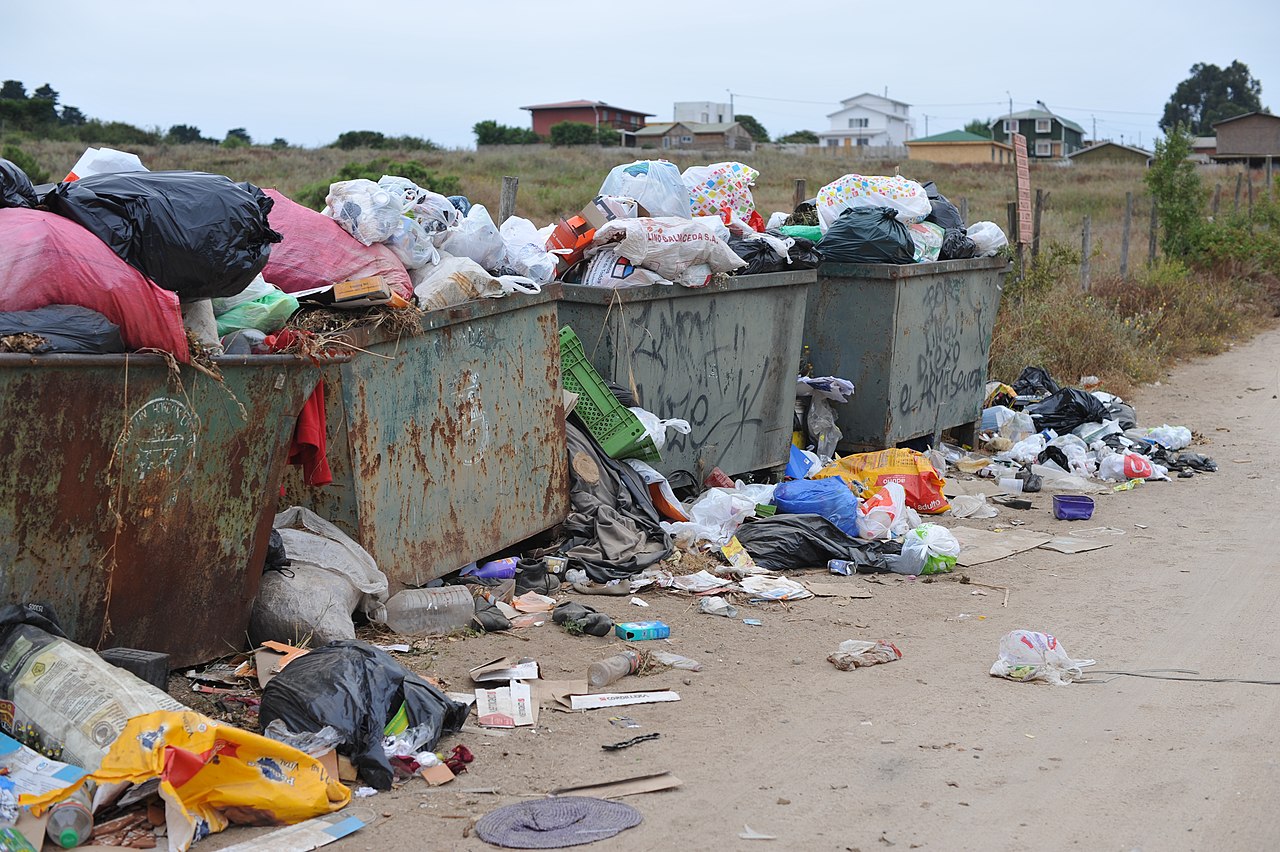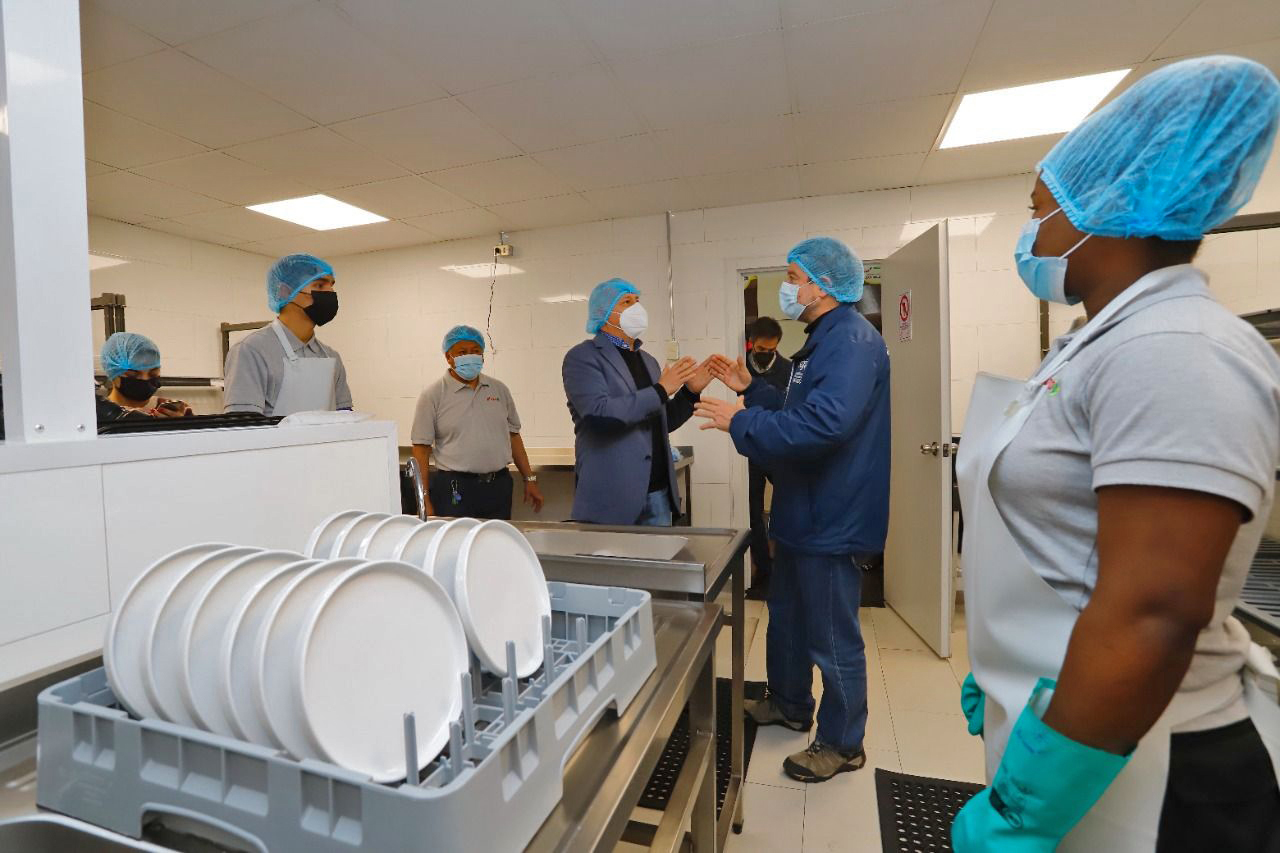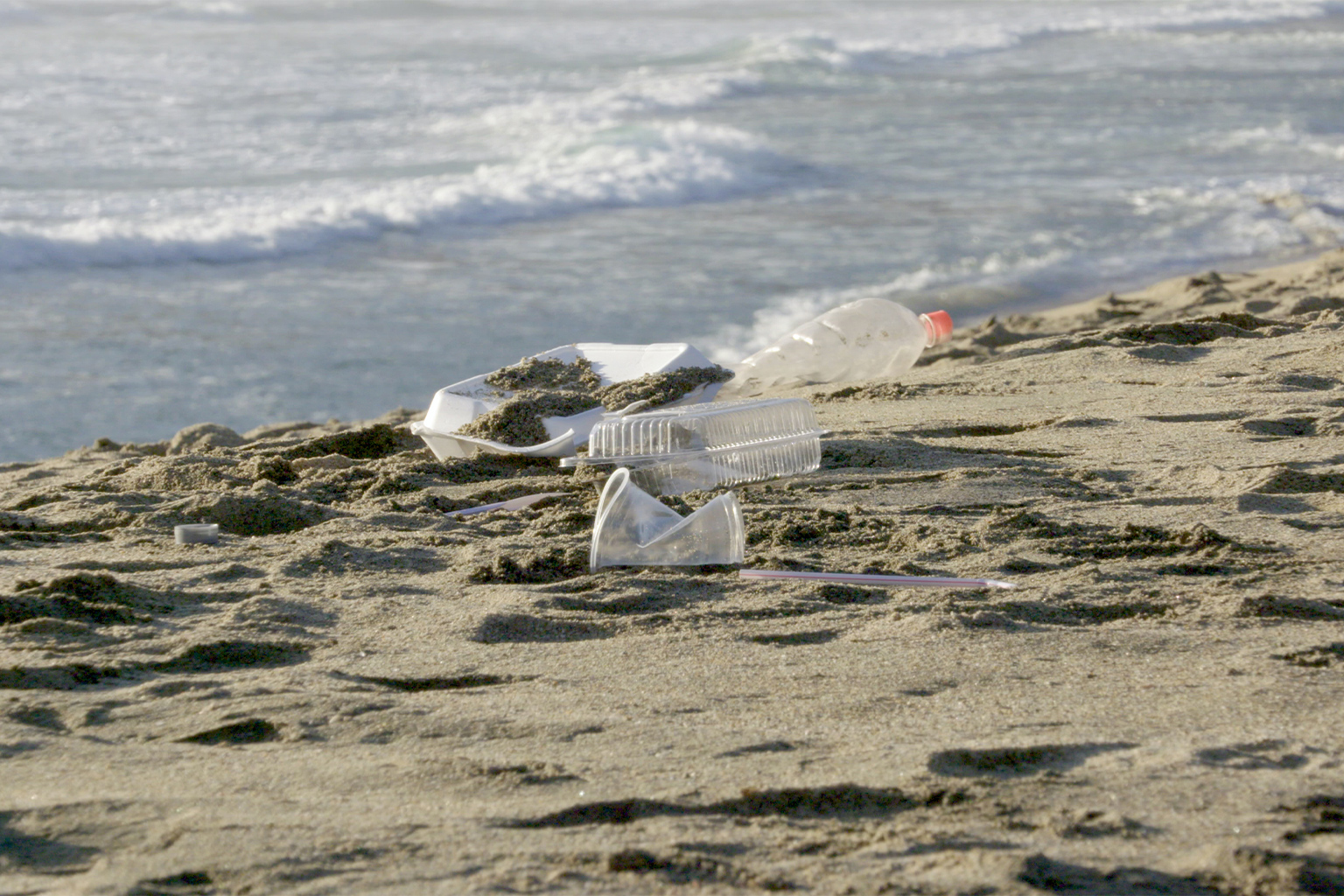- In May 2021, Chile announced a legislative ban on single-use products in the food and beverage industry to take effect over the next three years.
- Similar bans in other countries and cities also address the crux of the plastic pollution problem — the disposable culture — but Chile’s ban extends to other materials too, including cardboard and poly-coated paper.
- In the lobbying process, the Chilean plastics association raised some concerns about the intricacies of the ban, but said it was ultimately “satisfied with the outcome.”
New legislation passed by the Chilean government in May 2021 aims to rid the nation of all single-use products in the food and beverage industry, including plastics, within three years. This is the first national-level legislation in the world to implement a ban on single-use F&B products, such as those made of plastic, cardboard and other materials, as opposed to targeting single-use plastics alone. It also follows Chile’s 2019 ban on plastic bags, which received some criticism for people swapping out disposable plastic bags for disposable paper ones, or overcollecting reusable bags.
Chile produces nearly 1 million metric tons of plastic trash a year, but recycles just 8.5% of it, according to a 2019 report by InvestChile. In comparison, Europe has a recycling rate of about 30%, according to another 2019 report by Hamburg-based research firm Statista.
The new legislation will significantly reduce Chile’s plastic waste while boosting the nation’s plastic recycling rates, experts say. This law is projected to eliminate an estimated 23,000 metric tons of single-use plastic pollution annually — the weight equivalent of 116 blue whales, according to a 2020 report by the NGO Oceana Chile.
“The plastic industry now realizes that we are not targeting plastics specifically, but the unnecessary use of single-use items,” Javiera Calisto, legal director of Oceana Chile, told Mongabay. Oceana Chile and its partner organizations were the teams responsible for the proposal and lobbying of this new bill over the past three years.
The law aims to reduce waste generation in three key ways: eliminating single-use products in the food and beverage industry, certifying plastic products, and regulating the use and composition of disposable plastic bottles.
“The law establishes different terms for the respective obligations to come into force. Since we’re making important changes, it was very important to be realistic,” Calisto said.

According to Oceana, plastic tableware such as straws, cutlery and stirrers will be banned from all eating establishments six months after the law is enacted. Other changes will have up to three years to come fully into force. This includes a requirement that at least 30% of bottled drinks in supermarkets must come in reusable bottles.
Other places in the world have taken similar action as Chile by taking a “hard measure” approach to eliminating single-use plastics. For instance, New York City, California, Hawai‘i, Kenya and the European Union have all banned single-use plastic bags in recent years.
As of July 2018, 127 out of 192 countries have adopted full or partial bans against plastic bags, while 57 countries have imposed a plastic bag tax on either the producer or consumer at the national level, according to the United Nations Environmental Programme.
But these legislations are far from perfect. Common criticisms against increasingly popular plastic bans include the fact that they harm poor nations and people the most, and merely encourage the uptake of equally harmful alternatives. This was the case when Chileans began amassing huge amounts of reusable bags following the countrywide ban on plastic bags in 2019.
Chile’s newest law will apply to single-use products including plastic utensils, poly-coated paper cups, disposable cardboard trays and single-use chopsticks, as opposed to single-use plastics alone. Single-use products have been defined as any F&B utensil that is not “used by the establishment on multiple occasions in accordance to their design,” regardless of the material they’re made of.

Change in the works
Under this legislation, restaurants that fail to comply can be fined up to around 327,000 Chilean pesos ($360) per product, and supermarkets can be fined 1.3 million pesos ($1,435) per reported case.
Some establishments have already made the switch to reusables. At Mallplaza Egaña, a shopping mall, reusable cutlery and utensils such as including plates, cups and stirrers have replaced all single-use plastics in its food gardens.
Antonio Braghetto, operations manager of the Mallplaza mall franchise in Chile, told Mongabay in an email that the legislations imposed in Chile in recent years have helped “mobilize organizations” along the path to a zero-waste economy.
The new law might also prove crucial in finally addressing the carbon footprint of the plastics industry.
For instance, the law requires that disposable plastic bottles in Chile must be composed of a percentage of plastic that has been collected and recycled within the country. The Ministry of Environment will enforce and regulate this process through a plastic certification process. However, the exact percentage, or what qualifies as “recycled” material, is unclear.
Plastic manufacture is often overlooked as a significant source of carbon emissions. For example, in the U.S., plastic manufacturing is expected to overtake coal plant emissions by 2030. At the same time, recycling rates have never surpassed 9% in the U.S., and plastics companies have been found to overstate the feasibility of recycling plastics since the 1970s, Mongabay previously reported.
“Only upstream measures such as a cap on plastic production will prevent further degradation of our life-supporting ecosystems,” Melanie Bergmann, a plastic pollution and microplastic expert at the Alfred Wegener Institute in Germany, said in a previous Mongabay article.

The plastic prerogative
An estimated 12 million to 14 million metric tons of plastics enter the ocean every year, according to the IUCN. It’s not known what proportion of this can be attributed to single-use plastics, though these are the “most visible” forms of pollution, IUCN plastics expert Joao Sousa told Mongabay in an email.
Yet, plastics also have their benefits, Sousa said. Their cost-effective, durable, lightweight and waterproof nature is precisely what makes plastics so versatile and lucrative.
This time, the Chilean Plastics Association (Asociación Gremial de Industriales del Plástico de Chile, or Asipla for short) was part of the meetings held with the Chilean senate and other officials for the drafting of Chile’s newest law against single-use plastics.
“Even though we were 100% conscious about the impact of plastics on the environment, we also are convinced of the many undeniable advantages that plastic has given society since its existence,” Magdalena Balcells, general manager of Asipla, told Mongabay.
Without plastics, for example, the world wouldn’t have the face masks (N95 masks are made from synthetic plastic fibers) or medical equipment necessary for managing the COVID-19 pandemic.

“We all want to have fewer residues in the world — it’s not just plastic, but glass, paper, cardboard, and aluminum. But if it’s unfeasible, we are not doing any favors to the environment,” Balcells added when asked about Asipla’s experience being included in Chile’s bill-drafting process this time around.
The various parties “had their differences,” Balcells said. Proposals to ban the production of PET bottles altogether or to deem all forms of packaging as single-use materials were floated, but ultimately ruled unfeasible. But the parties involved eventually met in the middle.
“We are very satisfied with the outcome,” Balcells said. “Though the scope is not huge, it is visible enough for people to change their habits. And that’s a very good thing.”
Banner image: A neighborhood store in Chile with a sign proclaiming they are no longer delivering plastic bags. Image by LuisCG11 via Wikimedia Commons (CC BY-SA 4.0).
Citations:
Oceana Chile. (2020). Estimación de la disminución de desechos plásticos de un solo uso producto de su regulación. Retrieved from https://chile.oceana.org/wp-content/uploads/sites/19/informe_plasticos_digital.pdf
Statista. (2019). The plastic dilemma: 348 million tons of plastic produced per year worldwide, half of which becomes waste. Retrieved from https://mailchi.mp/statista/plastic-waste-dossierplus?e=c7c3bf2bc7
Taylor, R. L., & Villas‐Boas, S. B. (2016). Bans vs. fees: Disposable carryout bag policies and bag usage. Applied Economic Perspectives and Policy, 38(2), 351-372.
UNEP. (2018). Legal limits on single-use plastics and Microplastics: A global review of national laws and regulations. Retrieved from https://www.unep.org/resources/publication/legal-limits-single-use-plastics-and-microplastics-global-review-national
